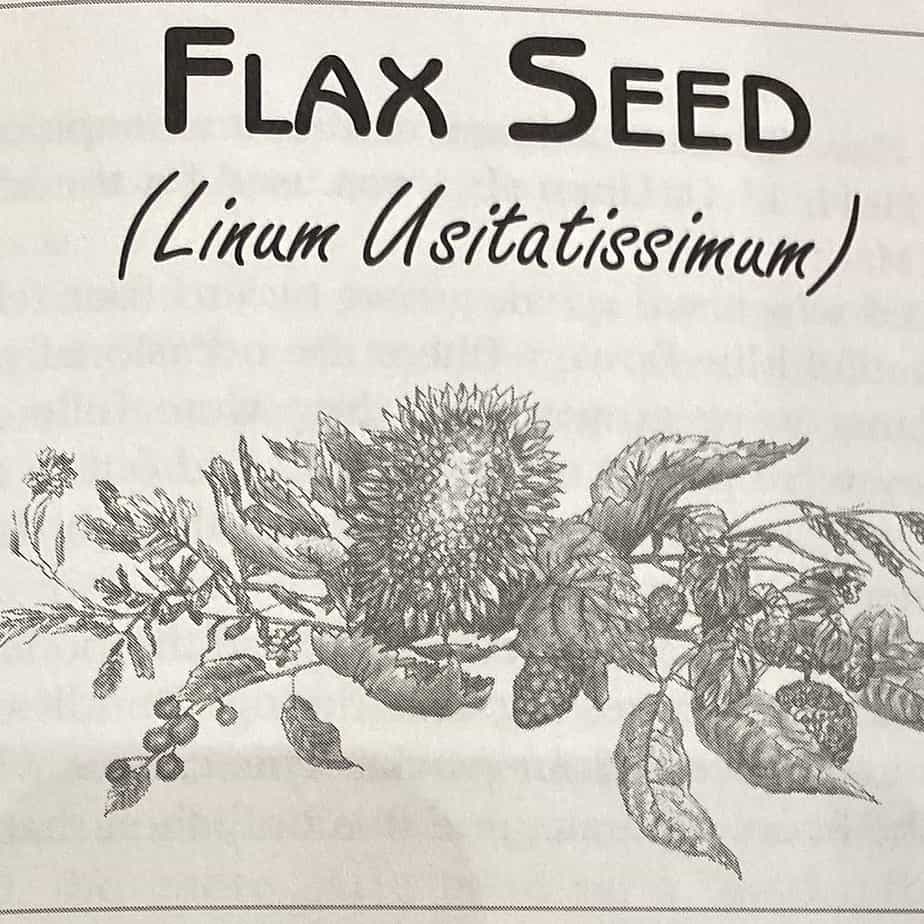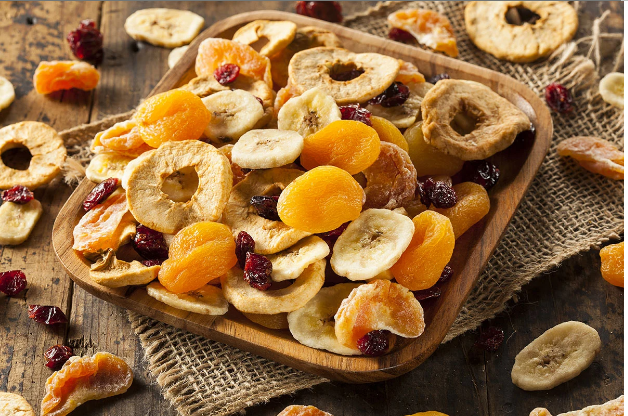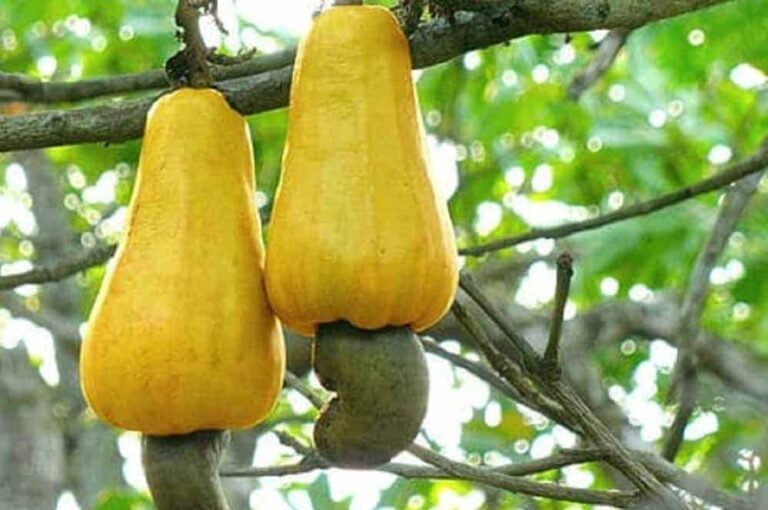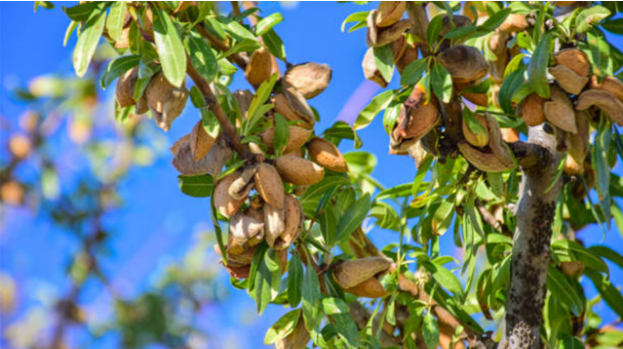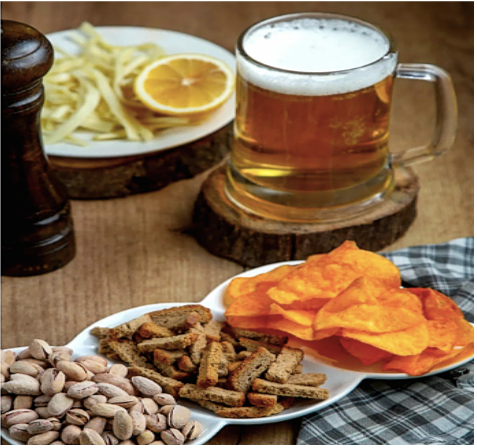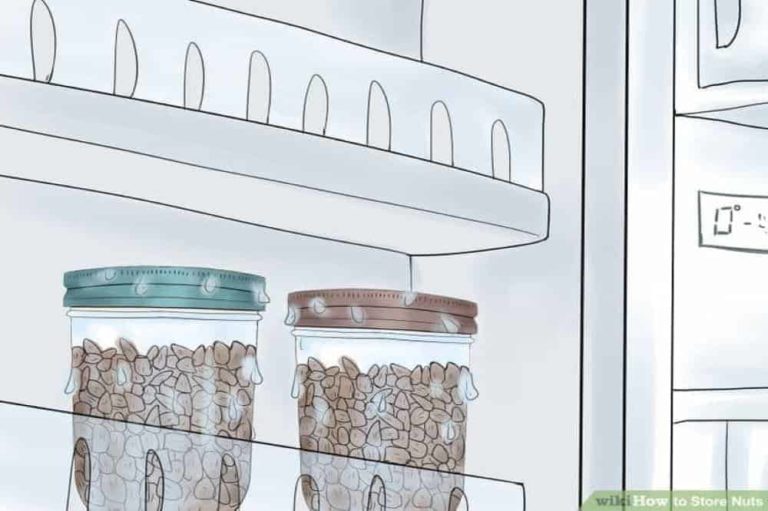Your cart is currently empty!
Health Benefits Of Flax Seed
Nutritional Content Of Ground Flax Seeds (1 Ounce)
- Calories: 150 (626 KJ)
- Protein: 5.1 g
- Total fat: 11.8 g
- Saturated fat: 1 g
- Carbohydrates: 8.1 g
- Fiber: 7.6 g
The History Of The Flax Seed
Flax plant is native to the area extending from the eastern shore of the Mediterranean Sea to India. The ancient Egyptians and Ethiopians cultivated the plant for many uses, particularly the production of linen cloth. In the Georgia Caucasus mountains, archaeologists have found dyed flax fibers dating to 34,000 BCE. It was grown in Palestine before the arrival of the Israelites. For Rahab The Harlot (Joshua 2:1,6) took part in hiding the two spies under the stems of flax on the flat roof of her brothel. The cloth, made from locally grown flax, would have been much welcomed by travelers. Their clothes, after such a long trek through the wilderness, might have been showing signs of considerable wear.
Solomon congratulates a good wife who separates the fibers of the flax and makes fine linen (Proverbs 31:13). Fine flax is mentioned in Isaiah 19:9 when it is obvious that white cloth and thin white linen were made.
Flax Seed In The History Of Egypt
Obviously, from the written record, the Egyptians studied the health benefits of flax seed. Making linen for Pharaoh gave Joseph of Egypt fine linen clothes himself. After the Israelites had escaped from Egypt and had “spoiled the Egyptians” under the capable direction of Moses. They could make fine linen priestly garments for Aaron and his sons (Exodus 28:3).
Solomon knew the value of flax linen and seems to have made it a state monopoly. Linen was used also as sails for yachts (Ezekiel 27:7). In the new testament, linen towels, and napkins are mentioned. Linen was commonly used for the wrappings of dead bodies (Mark 15:46).
Of course, the most famous use of the word linen was its use for wrapping the body of Jesus Christ. Eternally, the Jewish tradition uses flax seed-made cloth in rabbinical ceremonies. The Talmud gives full instructions as to how Orthodox Jews should harvest, bleach, and prepare flax linen.
How Flax Seed Is Harvested And Processed
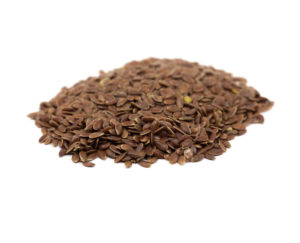
The flax of which we speak grows two to four feet in height and bears beautiful blue flowers (there are occasionally white varieties). The plants were grown until they came to full maturity. At this time the harvester will pull them from the ground and lay out to dry. Subsequently, to lose a crop of flax was serious business and was thought to be one of God’s punishments (Hosea 2:9).
The capsules of flax are called “bols.” and the bolled flax is the mature flax, ready for harvesting and drying. Bundles of flax are soaked in water for three to four weeks. This causes what is called “Retting”. Subsequently, the fibers separate, and it is only then that the threads.
The flax plant is an annual that grows to a height of just over 3 feet (1 m) and produces a small round fruit that contains brown glossy seeds. In conclusion, oil from seeds, known as both flax seed and linseed oil, has been used for varnishing and painting for hundreds of years.
The Healthy Evidence
Flax seeds are an excellent source of fiber, protein, thiamine, magnesium, phosphorus, and copper, and a good source of vitamin B6, folate, calcium, potassium, iron, zinc, and selenium. Flax seeds also contain alpha-linolenic acid and lignans, both of which may help prevent cancer and heart disease.
A 2008 study in Cancer Epidemiology, Biomarkers, and Prevention found that flax consumption in men caused changes indicative of protection against prostate cancer. In a review published in the Canadian Journal of Cardiology, researchers reported on flax and cardiovascular disease concluding that the alpha-linolenic acid in flax has a beneficial effect, “beyond the more conventional cholesterol-lowering actions of most cardiovascular drugs.”
The fruit of the plant is a globular capsule, about the size of a tiny pea, containing in separate cells ten seeds. These seeds are brown (but white within), oval to oblong in shape, and flattened pointed at one end, shining and polished on the surface, and between one-sixth to one-quarter inch long. In addition, these seeds are without odor except when rendered to powder. Their flavor is slightly unpleasant and a slick or slimy taste to them.
Wonderful Drawing Poultice for Boils, Abscesses, Open Sores and Wounds, and Breast Tumors
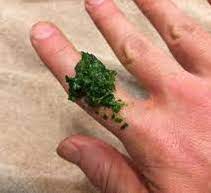
Flax seed is a favored remedy in the Middle East and North Africa where flax grows in the wild. The residents in that region of the world utilize its wonderful healing properties. In fact, the healers in the slums of Cairo make a simple poultice by combining one-quarter part ginger root powder with three-quarter parts flax seed powder. They add just enough hot water or hot herb tea of some kind to moisten and stick to the skin.
This mixture was then applied directly to the skin and left there for some time. Specifically, between six to eight hours to draw out any toxic matter forming close to the surface. This remedy is very effective for boils and abscesses. Certainly, this usually depends on the injury being drained of fluid by being lanced with a basic sewing needle. However, the kind that is common worldwide and works for this kind of medical issue. However, this treatment is a folk remedy and not based on research and testing.
Snakebite, Insect Bites & Stings Respond to Flax Easy to Use:
Flax seeds commonly have a use for their various health benefits, including their potential anti-inflammatory properties. While flax seeds may offer some relief for certain conditions, it’s important to note that they should not be considered a substitute for professional medical advice or treatment. Obviously, snakebites, insect bites, and stings can be serious medical emergencies, and proper medical attention should be sought.
That being said, if you are experiencing a minor insect bite or sting, you can try the following steps:
- Remove the stinger, if applicable. If a bee or wasp stinger is present, gently scrape it off the skin using a blunt object like a credit card. Avoid squeezing the stinger, as it may release more venom.
- Clean the affected area. Wash the bite or sting site with mild soap and water to remove any dirt or bacteria.
- Apply a cold compress. Use a cold pack or wrap some ice in a cloth and apply it to the affected area. This can help reduce pain and swelling.
- Use over-the-counter remedies. You can consider using over-the-counter creams, ointments, or antihistamine medications to alleviate itching, redness, and swelling. Follow the instructions on the product packaging and consult a pharmacist if needed.
Flax seeds, when ground into a fine powder, can be used as a poultice or applied topically as a paste. This can help soothe the skin and potentially reduce inflammation due to their natural properties. To use flax seed as a poultice, you can follow these steps:
- Grind flax seeds. Grind flax seeds into a fine powder using a coffee grinder or food processor.
- Mix with water. Add a small amount of water to the ground flax seeds to create a paste-like consistency.
- Apply to the affected area. Immediately apply the flax seed paste to the site and let it sit for a short period.
- Rinse off. After a few minutes, rinse off the flax seed paste with cool water.
Remember, these remedies can provide temporary relief for minor symptoms. They are not a substitute for professional medical care. Specifically, if you experience a snakebite or a severe reaction to an insect bite, seek immediate medical attention.
Marvelous Tea For Asthma, Bronchitis, Colds, Coughs, Gallstones, Kidney Stones, And Urinary Tract Infections
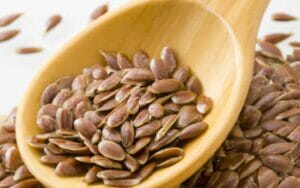
Folk healers in Israel make a marvelous tea that works incredibly well in healing any kind of lung or throat disturbance. When there is an accumulation of unwanted mucus or inflammation or both. Certainly, hacking coughs also benefit from this treatment. Stones form in the gall bladder or kidneys and then remove themselves over time with the help of tea. Provide a tablespoon of olive oil, if taken an hour before and after 1 ½ cups of this warm tea are consumed. The same thing holds true for urinary tract infections, only without olive oil. Because of the seriousness of the foregoing problems, medical assistance should be sought in addition to self-treatment.
Bring one pint of water to a boil; add 1 ½ level teaspoon of flax seed, reduce the heat, and permit to simmer, uncovered, for about 7 minutes, stirring occasionally. Then cover with a lid and steep for another 35 minutes. Strain and drink while still rather warm. The addition of 1 teaspoon of lemon or lime juice seems to make this tea more effective for these conditions.
However, if the taste is more than you can bear, just sweeten it with a little pure maple syrup or blackstrap molasses to improve the flavor.
Lower Back Pain Or Sciatica Relieved
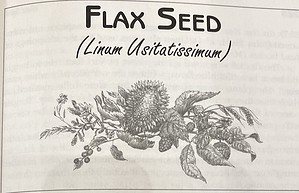
The promotion of flax seeds is often about their potential anti-inflammatory properties. This may offer some relief for certain types of pain, including lower back pain or sciatica. However, it’s important to note that flax seeds should not be considered a standalone treatment for these conditions. It is always a recommendation to consult with a healthcare professional for an accurate diagnosis and appropriate treatment plan.
Furthermore, flax seeds contain omega-3 fatty acids, which have an association with reducing inflammation in the body. Inflammation can contribute to pain and discomfort in various conditions, including lower back pain and sciatica. Incorporating flax seeds into your diet may potentially provide some benefits.
Here are a few ways you can include flax seeds in your diet:
- Ground flax seeds. Flax seeds are easier to digest and absorb when ground. You can grind flax seeds using a coffee grinder or purchase a pre-ground flaxseed meal. Add a tablespoon of ground flax seeds to smoothies, yogurt, cereals, or baked goods.
- Flaxseed oil. Flaxseed oil is another option, rich in omega-3 fatty acids. The use as a dressing for salads or adding to dishes after their removal from cooking heat. However, flaxseed oil should not be used for cooking, as high temperatures can destroy its beneficial properties.
- Flaxseed capsules. If you find it difficult to incorporate flax seeds into your diet, you can consider flaxseed oil capsules, which are available in health food stores. Follow the recommended dosage on the product packaging.
Remember, while flax seeds may provide some potential benefits. Following this, flax is not a substitute for medical treatment or professional advice. If you are experiencing persistent or severe lower back pain or sciatica, it is important to consult with a healthcare professional. Subsequently, they can assess your condition and recommend appropriate treatment options. Therefore, the cure may include physical therapy, medication, or other interventions based on your specific needs.
Is Flax Seed Good For You In The Morning?
Flax seeds are becoming an increasingly popular form of nutrition in breakfast foods. Not only are they good for your health, but you can prepare them in a number of ways for breakfast. Some ways to enjoy flax seeds for breakfast:
- Smoothies. Add a tablespoon of ground flax seeds to your favorite smoothie. They will be increasing the fiber, omega-3 fatty acids and other nutrients.
- Overnight oats. Stir in ground flax seeds with your overnight oats for texture and nutrients. The seeds will soak up the liquid and become gelatinous, which will help make the oats creamier.
- Yogurt or cereal topper. Toss ground flax seed over yogurt or breakfast cereal. They can impart a nutty flavor and extra fiber and nutrients to your meal.
- Baked goods. Use ground flax seeds in baked goods such as muffins, pancakes, or bread. You can replace some of the flour with ground flax seed in recipes.
- Flaxseed porridge. Boil ground flax seeds in water or milk and serve to prepare a comforting porridge. Sweeteners or spices can be added for flavor.
And don’t forget to eat ground flaxseeds, not whole seeds. Whole seeds are unlikely to be fully digested by your body, and you might miss out on their nutrients. You can buy ground flaxseed or grind it yourself in a spice grinder or food processor.
Non Healing Uses

In conclusion, you can manufacture the oil yourself by crushing flax seeds. In this form, you can refer to the oil as ‘linseed oil’. When laid onto wood in thin layers, it will form a hard transparent varnish. It mostly has a use in the arts and sport for its remarkable properties as a drying oil.
Boiled linseed oil is produced by heating raw flax seeds to a temperature of 302 F. Use boiled linseed oil as the only exterior cover for wood-framed buildings. Furthermore, over decades, many buildings have acquired somewhat of a bronze hue to them giving them a burnished gold appearance.

